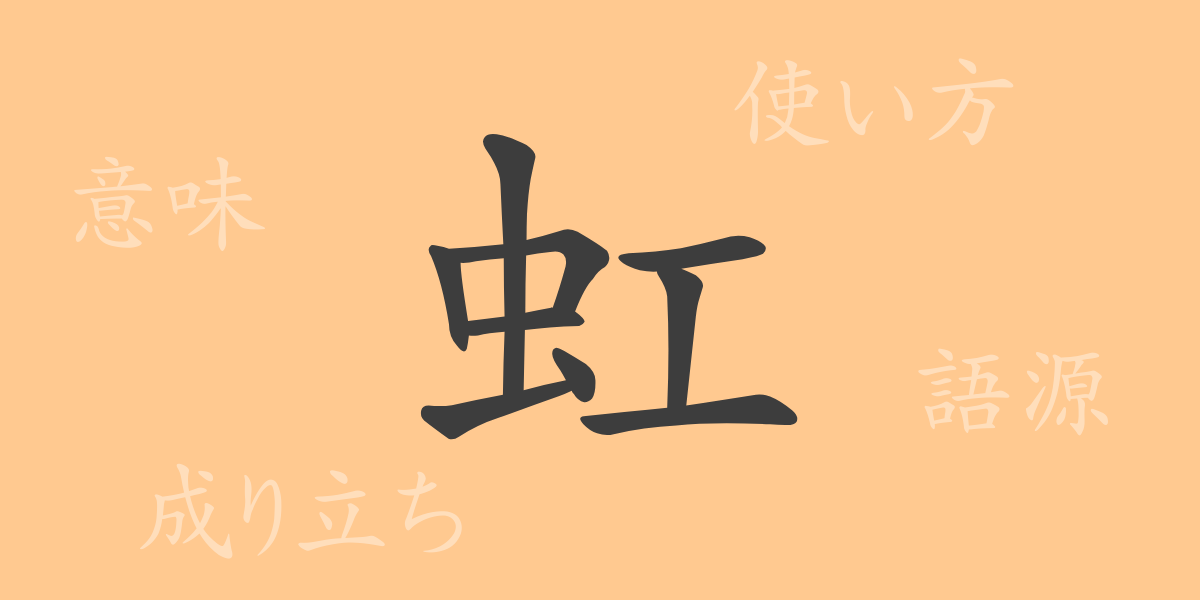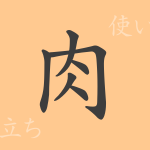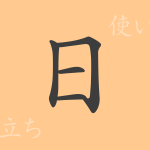Japanese culture and language are rich in history and meaning. Among them, the Kanji ‘虹 (こう)’ transcends its role as just a noun to appear frequently in idioms and proverbs, deeply rooting itself in our daily lives. This article delves into the Kanji ‘虹’, exploring its origins, meanings, usage, and even idioms and proverbs that feature it, letting us explore the rich history and culture embedded within this single character.
Origins of ‘虹 (こう)’
The Kanji ‘虹’ has its origins in ancient Chinese classics. Initially represented as ‘霓’, it was associated with natural phenomena that appear with weather changes. It can also be found in ancient Japanese texts such as the Kojiki and the Manyoshu, indicating a culture that revered nature and celebrated its beauty in poetry.
Meaning and Usage of ‘虹 (こう)’
A ‘虹’ describes the band of light in the sky following rain. Scientifically, it is a phenomenon where sunlight is refracted, dispersed, and reflected by water droplets in the air. In literature, it often symbolizes hope, dreams, and good fortune and is depicted beautifully in stories and poems. The phrase ‘like a rainbow’ is also used to describe something vibrant and beautiful.
Reading, Stroke Count, and Radical of ‘虹 (こう)’
The Kanji ‘虹’ is well-known in Japanese, but let’s look at its reading, structure, and radical in detail.
- Reading: On’yomi ‘コウ’, Kun’yomi ‘にじ’
- Stroke Count: Total of 12 strokes
- Radical: ‘虫 (むしへん)’ which is indicative of the ‘insect’ but in this context relates to the original pictorial representation.
Idioms, Phrases, and Proverbs Using ‘虹 (こう)’
The Kanji ‘虹’ appears in various expressions in Japanese, each showing the language’s rich expressiveness. Here are a few examples:
- 虹彩 (こうさい) – A word expressing the beautiful array of colors like that of a rainbow.
- 虹霓 (こうげい) – Refers to the phenomenon where rainbows appear to be stacked upon each other.
- 虹の橋を渡る – A poetic way of describing someone’s passing, as if crossing a bridge made of rainbows.
Conclusion on ‘虹 (こう)’
The rainbow, more than just a natural phenomenon, brings hope and dreams to people’s hearts, holding a special place in many cultures and languages. The Kanji ‘虹’ reflects these human emotions and aesthetic sensibilities, spinning many stories and meanings from just one character. Through this article, we hope you’ve glimpsed the depth of ‘虹’ and the culture surrounding it. Next time you see a rainbow, perhaps you’ll appreciate not just its ephemeral beauty but also its enduring history and profound meanings.

























